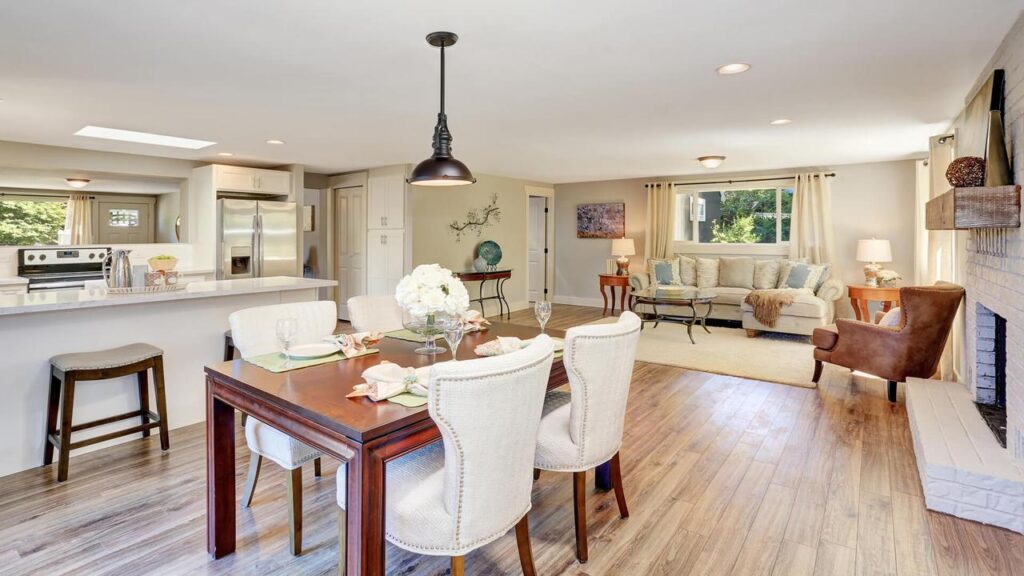Your home can easily and quickly end up looking worn out and tired – especially if you have children living at home. Keeping your home looking and feeling its best is important, and to ensure that this happens, you need to focus on upgrading and updating your home where you can. Upgrades can sound expensive, and this often puts a lot of homeowners off. However, there are lots of things you can do to upgrade your home – even on a tight budget. So, what advice should you be following, and what should you be taking on board?

Focus on One or Two Rooms
Your whole home might feel like it needs an upgrade, but it is important that you try to only focus on one or two rooms at a time. Trying to tackle the whole house at once can be very stressful and chaotic, especially when you are trying to live their day-to-day. When you focus on one or two rooms at a time, you can actually focus your time, energy and efforts. You can create rooms that you love and that you are proud of. If you try to take on too much at once, you may not get the standard of finish that you want.
Functionality Doesn’t Have to Be Boring
You know that you need to upgrade several things within your home, and one of these is the central heating that flows throughout your property. You need to get rid of the bland and boring radiators in the rooms you are upgrading. Instead, you need to focus on introducing new and stylish (yet functional) radiators from warm rooms, which will help you to bring fun and style to an essential item that your home needs.
Paint Can Make an Impact
It is amazing how much of a difference (and impact) paint can have on how a room feels and looks. A fresh coat of paint, or possibly even a lighter shade, can transform a whole space and leave it feeling far more inviting and welcoming. Paint can also help you to add style; for example, you could add a bright and bold statement wall that brings focus to your newly upgraded room/space.
Soft Furnishings Will Add Depth
Quite often within your home, you are happy with the colour schemes, and you are happy with the furniture, but there is just something missing. More often than not, this can be something as small (and as overlooked) as the soft furnishings. For example, adding new scatter cushions and throws to your living room can help brighten a space and even give it new depth and character. Large sofas and couches can look bland without soft furnishings, so think about what you want to include to really tie a space together.
It can be easy to get carried away with upgrades on your home and to ensure you keep track of your spending, it is always wise to set a budget. Ideally, you would set a budget at the start of your project, and then from here, you would have a guideline to work towards.
Leave a Reply